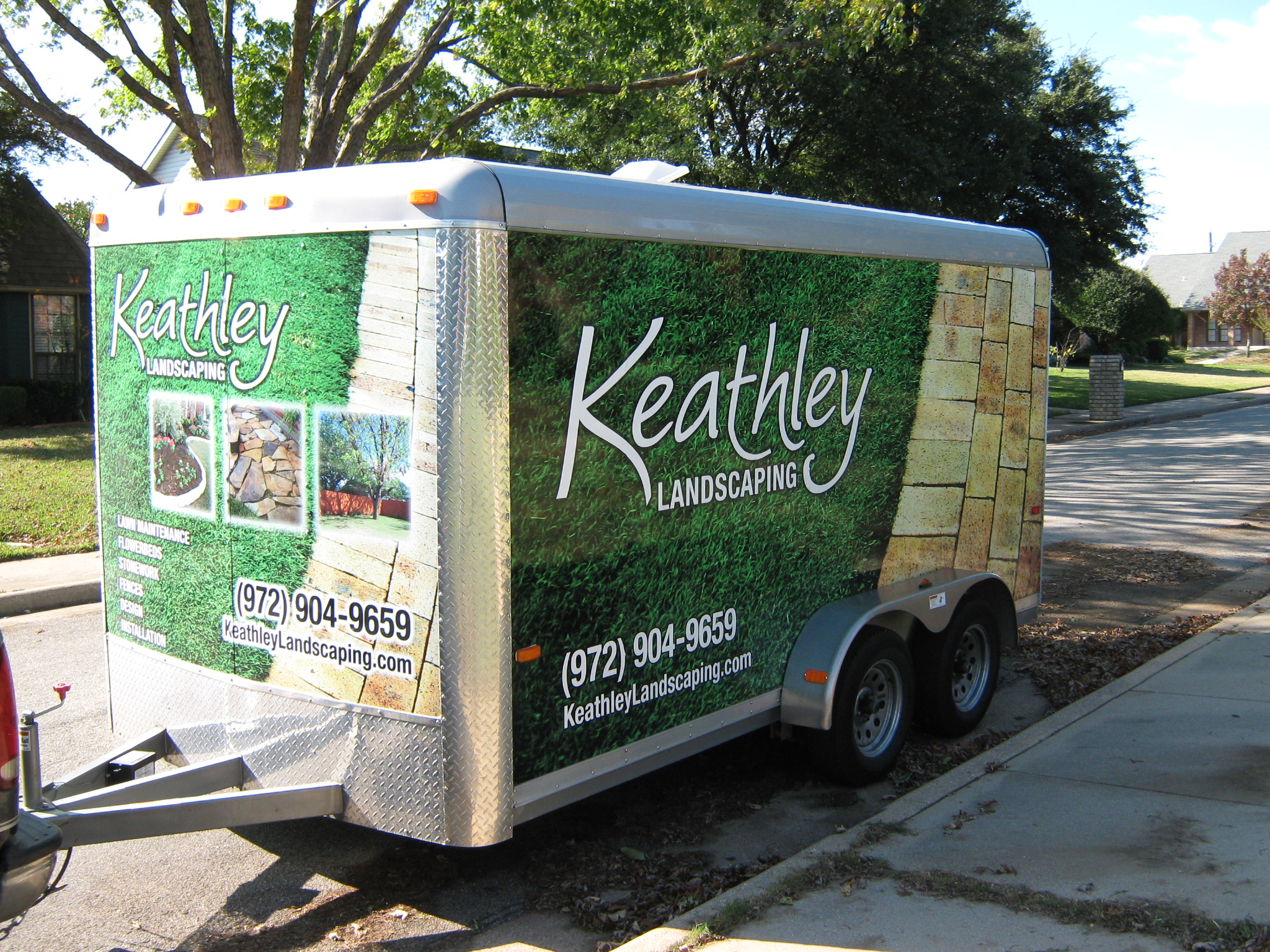Quick Guide to Choosing the Right Type of Sod for Your Lawn
A lush, green lawn can significantly enhance the aesthetic appeal of your home. However, achieving that perfect lawn requires more than just regular mowing and watering. One critical decision you need to make is choosing the right type of sod. This quick guide will help you understand the various types of sod available and how to choose the best one for your lawn.
Understanding Sod: What Is It?
Sod, also known as turf grass, is a mature lawn that is grown and sold in sections. It provides an instant lawn, making it an attractive option for homeowners who want to achieve a beautiful lawn quickly. According to the Turfgrass Producers International, the sod industry contributes over $1 billion annually to the U.S. economy, showcasing its popularity and importance.
Factors to Consider When Choosing Sod
Several factors should influence your decision when choosing sod. These include:
Climate
Your local climate plays a significant role in determining the right type of sod. Some sod varieties thrive in warm climates, while others are suited for cooler regions. For instance, Bermuda grass thrives in warmer climates, whereas Kentucky bluegrass is better for cooler areas.
Sunlight Exposure
The amount of sunlight your lawn receives also affects which sod is appropriate. If your lawn is mostly shaded, consider Fescue or Zoysia grass, which perform well in low-light conditions. For sunny lawns, St. Augustine grass might be an ideal choice.
Soil Type
Understanding your soil type is crucial. Conduct a soil test to determine its pH and nutrient levels. Sandy soils may require a different type of sod compared to clay or loamy soils. For example, Bermuda grass grows well in sandy soils, while Ryegrass is suited for clay soils.
Maintenance Level
Consider how much time and effort you are willing to dedicate to lawn maintenance. Some sod types, like Buffalo grass, require low maintenance, while others, such as Kentucky bluegrass, need more frequent care.
Popular Types of Sod
Let’s explore some popular sod varieties to give you a better understanding:
Bermuda Grass
Bermuda grass is a warm-season grass that is popular due to its drought resistance and ability to withstand heavy foot traffic. It requires full sun and performs well in southern regions of the United States.
St. Augustine Grass
Known for its broad blades and vibrant green color, St. Augustine grass is ideal for coastal areas. It tolerates salt well and grows in both sunny and partially shaded areas.
Kentucky Bluegrass
This is a cool-season grass known for its rich green color and fine texture. Kentucky bluegrass is well-suited for northern climates and is often used in high-quality lawns and golf courses.
Fescue
Fescue grass is versatile, thriving in both sunny and shaded conditions. It is a cool-season grass that is drought-tolerant and requires less mowing than some other grass types.
How to Install Sod
Once you’ve chosen the right sod, proper installation is key to its success. Here are some steps to follow:
Prepare the Soil
Remove any existing grass or debris and till the soil to a depth of about 6 inches. Test the soil pH and adjust it if necessary. Add organic matter to improve soil quality.
Lay the Sod
Start laying sod along a straight edge, such as a driveway or sidewalk. Stagger the seams in a brick-like pattern to prevent erosion. Use a roller to ensure good contact between the sod and soil.
Water Properly
Water the sod immediately after installation and keep it consistently moist for the first two weeks. Gradually reduce the frequency of watering as the sod establishes.
Conclusion
Choosing the right type of sod is crucial for establishing a healthy, beautiful lawn. By considering factors such as climate, sunlight, soil type, and maintenance levels, you can select the best sod for your needs. Remember, proper installation and care are essential to ensure your sod takes root and flourishes. With the right approach, you’ll enjoy a lush, green lawn that enhances the beauty of your home for years to come.
For more information on lawn care and sod installation, visit our website for expert tips and advice.






































Recent Comments